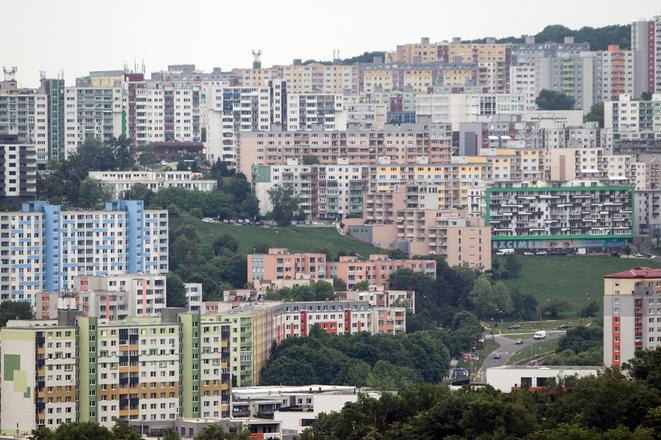The average price of properties amounted to €1,227 per square metre, which is a 0.9 percent increase from 2014. This stems from the data provided by the National Bank of Slovakia.
This was the first year of growth since 2008, according to Jana Glasová of Poštová Banka.
“At the time the growth was, however, higher than last year since the property prices increased by more than one-fifth,” Glasová wrote in a memo.
The situation changed with the arrival of the crisis, which caused the prices of flats and houses to suffer a two-digit drop in 2009. A decreasing trend, though not as significant, was seen in the real estate market also over the following years, except for 2015, according to Glasová.
Yet prices still lag behind the pre-crisis levels when they amounted to €1,511 per square metre in 2008, Slovenská Sporiteľňa analyst Katarína Muchová wrote in a memo.
In the final quarter of the year property prices increased by €3 per square metre to €1,232, which is 1.1 percent more than in 4Q 2014 and 0.2 percent more than in 3Q 2015. The prices grew the most in the Bratislava, Trnava, Trenčín and Banská Bystrica regions. Banská Bystrica Region reported the highest increase of 2.1 percent quarter-on-quarter.
The remaining four regions reported a drop in property prices, with the highest being seen in Nitra (by 4.1 percent q/q) and Košice (by 3.9 percent q/q), according to Muchová.
The highest property prices are in Bratislava Region, where they amounted to €1,716 per square metre on average, up by 1.2 percent q/q. The lowest prices are in Nitra Region, where they amounted to €533 per square metre on average in 4Q 2015.
The property prices were mostly impacted by economic housing affordability in Slovakia.
“Thanks to decreasing property prices and increasing salaries the housing affordability here increased,” Glasová wrote in her memo.
The housing affordability is the highest in the Nitra and Trenčín regions, where the property prices are the lowest. The inhabitants of these regions can afford to buy 1.28 and 1.24 square metres, respectively, from their salary. On the other hand, Bratislavans can purchase only 0.65 square metres from their salary. This means that despite higher average gross wages, it is still very hard for inhabitants of Bratislava and its surroundings to have their own housing.
“Though the housing affordability is higher in other regions, the problem is high unemployment which prevents many people from even thinking about their own housing,” Glasová said.
Despite the favourable economic situation in Slovakia, Muchová does not expect property prices to continue increasing.
“We expect only a slight increase in average property prices in the following quarters,” she added.



 (source: SME)
(source: SME)